Related Research Articles
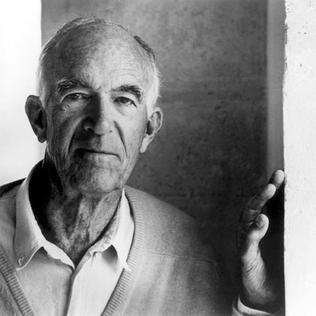
Jørn Oberg Utzon was a Danish architect. In 1957, he won an international design competition for his design of the Sydney Opera House in Australia. Utzon's revised design, which he completed in 1961, was the basis for the landmark, although it was not completed until 1973.

The Pritzker Architecture Prize is an international architecture award presented annually "to honor a living architect or architects whose built work demonstrates a combination of those qualities of talent, vision and commitment, which has produced consistent and significant contributions to humanity and the built environment through the art of architecture.” Founded in 1979 by Jay A. Pritzker and his wife Cindy, the award is funded by the Pritzker family and sponsored by the Hyatt Foundation. It is considered to be one of the world's premier architecture prizes, and is often referred to as the Nobel Prize of architecture.

Richard Meier is an American abstract artist and architect, whose geometric designs make prominent use of the color white. A winner of the Pritzker Architecture Prize in 1984, Meier has designed several iconic buildings including the Barcelona Museum of Contemporary Art, the Getty Center in Los Angeles, the High Museum of Art in Atlanta, and San Jose City Hall. In 2018, some of Meier's employees accused him of sexual assault, which led to him resigning from his firm in 2021.

Dame Zaha Mohammad Hadid was an Iraqi architect, artist and designer, recognized as a major figure in architecture of the late-20th and early-21st centuries. Born in Baghdad, Iraq, Hadid studied mathematics as an undergraduate and then enrolled at the Architectural Association School of Architecture in 1972. In search of an alternative system to traditional architectural drawing, and influenced by Suprematism and the Russian avant-garde, Hadid adopted painting as a design tool and abstraction as an investigative principle to "reinvestigate the aborted and untested experiments of Modernism [...] to unveil new fields of building".

The Municipal Stadium of Braga is an all-seater football stadium located in Braga, Portugal, and the current home of Sporting Clube de Braga. It has a capacity of 30,286 spectators, making it the seventh largest football stadium in Portugal. The stadium was designed by Portuguese architect Eduardo Souto de Moura who was awarded the Pritzker Architecture Prize in part for this design.
The year 1985 in architecture involved some significant architectural events and new buildings.
The year 2007 in architecture involved some significant architectural events and new buildings.
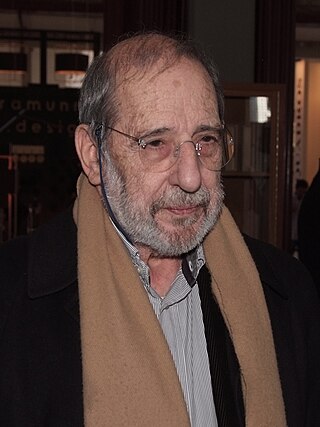
Álvaro Joaquim de Melo Siza Vieira is a Portuguese architect, and architectural educator. He is internationally known as Álvaro Siza and in Portugal as Siza Vieira.

Toyo Ito is a Japanese architect known for creating conceptual architecture, in which he seeks to simultaneously express the physical and virtual worlds. He is a leading exponent of architecture that addresses the contemporary notion of a "simulated" city, and has been called "one of the world's most innovative and influential architects."
Frei Paul Otto was a German architect and structural engineer noted for his use of lightweight structures, in particular tensile and membrane structures, including the roof of the Olympic Stadium in Munich for the 1972 Summer Olympics.
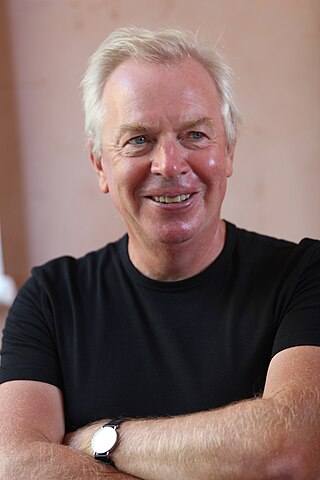
Sir David Alan Chipperfield, is a British architect. He established David Chipperfield Architects in 1985, which grew into a global architectural practice with offices in London, Berlin, Milan, and Shanghai.
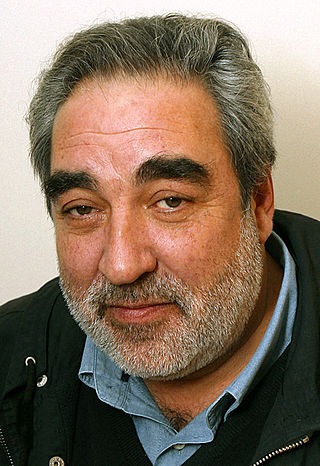
Eduardo Elísio Machado Souto de Moura, better known as Eduardo Souto de Moura, is a Portuguese architect who was the recipient of the Pritzker Architecture Prize in 2011 and the Wolf Prize in Arts in 2013. Along with Fernando Távora and Álvaro Siza, he is one of the alumni of the Porto School of Architecture, where he was appointed a Professor.

Founded in 1854, the Department of Architecture (D-ARCH) at ETH Zurich in Switzerland is an architecture school in Zürich, providing education in the fields of architecture, landscape architecture, urban planning, and urban design. It has around 1,900 students, 350 staff members, and an annual budget of CHF 40 million.
Chambers Fine Art is an art gallery based in New York City and Beijing that specializes in Chinese contemporary art. Opened in New York in 2000 by Christophe Mao. Notable Chinese artists who had their first solo show in the United States at Chambers include: Lu Shengzhong, Shi Jinsong, Hong Hao, Qiu Zhijie, Hong Lei, and Chi Peng.

Diébédo Francis Kéré is a Burkinabé-German architect, recognized for creating innovative works that are often sustainable and collaborative in nature. In 2022, he became the first African to receive the Pritzker Architecture Prize. Educated at the Technical University of Berlin, he has lived in Berlin since 1985. Parallel to his studies, he established the Kéré Foundation, and in 2005 he founded Kéré Architecture. His architectural practice has been recognized internationally with awards including the Aga Khan Award for Architecture (2004) for his first building, the Gando Primary School in Burkina Faso, and the Global Holcim Award for Sustainable Construction 2012 Gold.
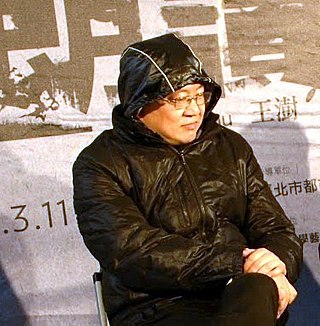
Wang Shu is a Chinese architect based in Hangzhou, Zhejiang Province. He is the dean of the School of Architecture of the China Academy of Art. With his practice partner and wife Lu Wenyu, he founded the firm Amateur Architecture Studio. In 2012, Wang became the first Chinese citizen to win the Pritzker Prize, the world's top prize in architecture. The award was the subject of some controversy since the Pritzker committee did not also award Lu Wenyu, his wife and architectural partner, despite their years of collaboration.

The Ningbo Museum, also known as the Yinzhou Museum or the Ningbo Historic Museum, is a museum in the city of Ningbo in Zhejiang Province, China. It is located in Yinzhou District and opened on December 5, 2008. The museum focuses on Ningbo area history and traditional customs.
Lu Wenyu is a Chinese architect. She co-founded the firm Amateur Architecture Studio in Hangzhou, China, which became known for its use of natural materials and traditional techniques. In 2010, Lu Wenyu and her partner Wang Shu won the German Schelling Architecture Prize for their work with Amateur Architecture.

The Casa das Histórias Paula Rego is a museum in Cascais, Lisbon District, on the Portuguese Riviera, designed by the architect Eduardo Souto de Moura to house some of the works of the artist Paula Rego.

The Porto School is a movement of modern and contemporary architecture in Portugal. Grounded in the teaching at the Porto School of Fine Arts and the Porto School of Architecture, it is one of the most influential architectural movements in the history of Portuguese architecture. Its main figures, Fernando Távora, Álvaro Siza Vieira, and Eduardo Souto de Moura are some of the most globally renowned Portuguese architects.
References
- 1 2 Holly Hoffman Calgary designers take interest in ‘slow architecture’ Archived 2012-04-21 at the Wayback Machine , The Calgary Journal, 12 August 2010. Retrieved 2011-11-11.
- 1 2 About Slow Archived 2011-10-03 at the Wayback Machine , Slowarchitecture.ie. Retrieved 2011-11-11
- 1 2 Slowness, A Daily Dose of Architecture (blog) - text attributed to Nahm Yoon-ho of the Korean JoongAng Daily, 21 June 2004. Retrieved 2011-11-11.
- ↑ Kate Taylor Architect From Portugal Wins Pritzker Archived 2011-08-11 at the Wayback Machine , China Art Networks, undated. Retrieved 2011-11-12.
- 1 2 3 James S. Russell (13 June 2013). "Wang Shu, China's Champion of Slow Architecture". Bloomsberg Business. Retrieved 2015-12-11.
- ↑ Slow Architecture and Place: 9 September – 21 October, R.I.A.I. website. Retrieved 2011-11-11.
- ↑ Slow Architecture and Place - Exhibition, Ireland, e-architect.co.uk. Retrieved 2011-11-11
- ↑ Paul Adamson "Slow Architecture: Green designs showcased at SF's Slow Food Nation", The Architects Newsletter, 9 April 2008. Retrieved 2011-11-12.